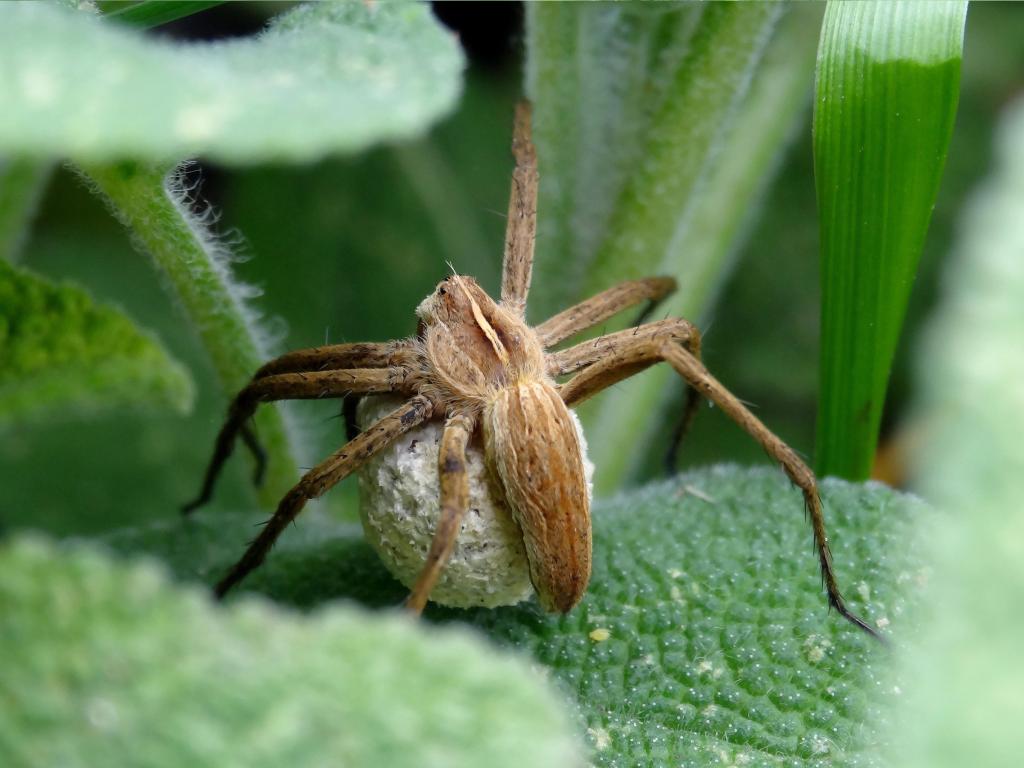
Deep down in the sage bush. Yes, I have a new camera and it is a tad bit better.


Deep down in the sage bush. Yes, I have a new camera and it is a tad bit better.
It’s officially winter now (yes, I’m late, as always) and the house spiders look for the warm and cozy and slightly humid places. The toilet might have been a good idea at first sight but it is not heated very well, just so much that the pipes don’t freeze. Yes, all pipes, thank you.
Sooo, this little girl (bit unsure, have not seen the underbelly but the lack of swollennes in the pedipalps hints in the direction of female) dropped herself into the little sink aside of the larger one and let me have a chance to do my good deed of the day and help her out of her misery. There you can see her waving good-bye before entering the underworld of the 70’s-green basin with all of that inviting nooks and crannies.
Once a very rare find at this place, so rare that I had to look it up to be sure but the typical zig-zag band and the lack of the quite distinct body-lobes of Argiope lobata gave it away. I don’t know if the wrapped spider at the lower left is indeed a male, I did not want to unwrap it. It also looks a bit too large for a male. The above picture has been slightly enhanced regarding colour saturation (not changes in hue!) and details, the two below the fold less so. (My camera is still a cheap digi-snapper without any ability to get the raw files).
Continue reading
A nursery spider from Kent
Was pictured by a grumpy old man in her bend.
She was a bit blurry
‘Cause she was in a hurry,
Caught eating her groom in the Lent.
PS: And at some day in a future far away I will be able to spell “Rhododendron” right the very first time.
And if you think that it is weird with this cat sleeping in its litter box, you might a take a closer look: